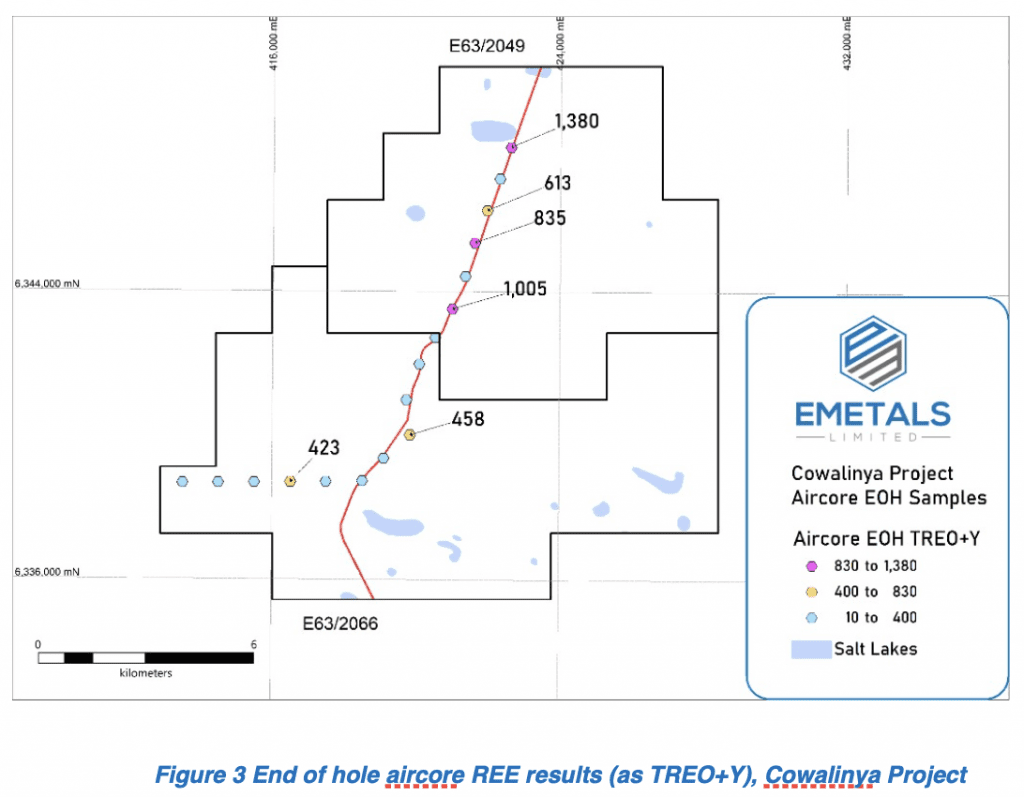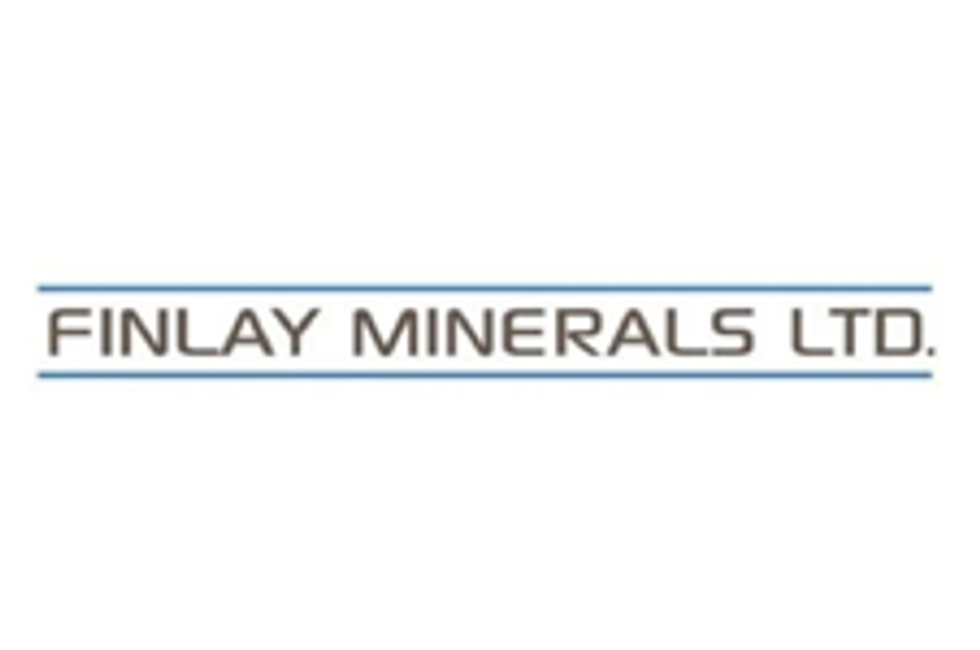eMetals Announces Acquisition of Cowalinya Ionic Rare Earth Project

eMetals Limited (ASX:EMT) are pleased to announce the acquisition of three new mineral exploration projects including the highly prospective Cowalinya Ionic Rare Earth Project (Cowalinya Project) located 100 kilometres south east of Norseman, Western Australia.
The Directors of eMetals Limited (ACN 142 411 390) (ASX:EMT) (eMetals or the Company) are pleased to announce the acquisition of three new mineral exploration projects including the highly prospective Cowalinya Ionic Rare Earth Project (Cowalinya Project) located 100 kilometres south east of Norseman, Western Australia.
HIGHLIGHTS:
• Historical auger drilling within the Cowalinya Project area has defined laterite with up to 1,114ppm TREO + Y.
• Historical Anglo Gold AC end of hole sampling show results of up to 1,174ppm REE (-0.13% TREO+Y).
• The Vendor has lodged a Programme of Works over the Cowalinya Project to undertake regional aircore traversing and EMT will undertake this drilling once the acquisition is complete and all approvals are in place.
• Alkaline gabbro with up to 0.13% TREO+Y at the Dodgey-Torquata Project
eMetals Director Mathew Walker commented:
“The acquisition of these three new projects is consistent with the Company’s focus on rare and strategic minerals that are critical to the emerging technology industries. In particular, the highly prospective Cowalinya Ionic Rare Earth Project represents a near term exploration target in an area the Company believes has the potential to host a significant regolith hosted REE deposit similar to the Lynas Rare Earths (ASX:LYC) Mount Weld Deposit and Iconic Rare Earths (ASX:IXR) Makuutu Deposit.”
COWALINYA PROJECT
The Cowalinya Project (E62/2049 and E63/2066) is located in the Yilgarn Craton, within the foreland of the Albany Fraser Orogen. The geology of the project is comprised of deeply weathered Archaean and Proterozoic gneisses.
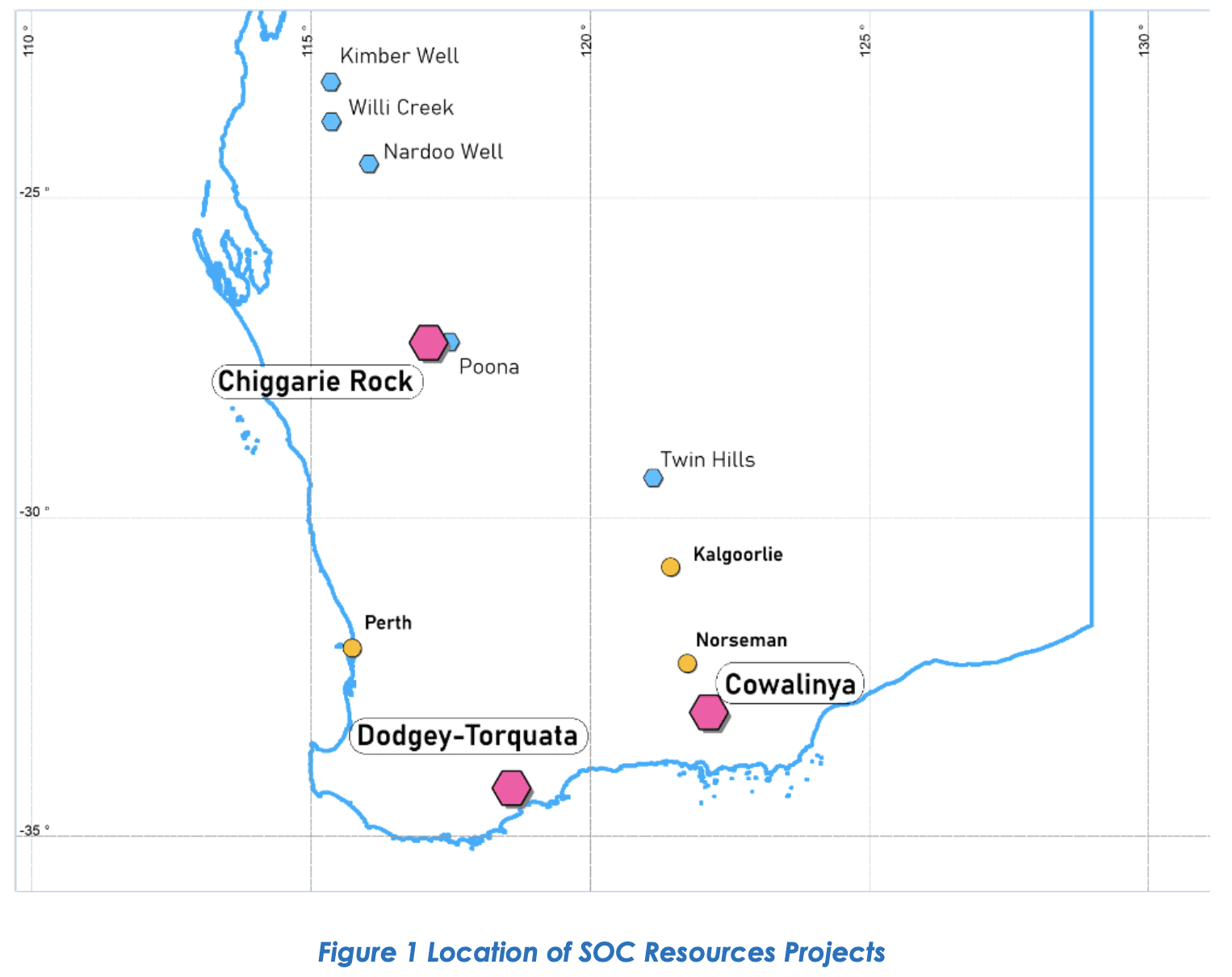
The Cowalinya Project is prospective for Ionic Adsorption Clay (IAC) Type REE deposits. The Project demonstrates the key features associated with ionic clay deposits; deep and intense weathering, and REE-enriched bedrock.
HISTORICAL EXPLORATION
The Cowalinya Project has been explored historically for gold, with 770 auger drill holes and 17 air core holes for 635m drilled on the tenements. Full details of these sample datasets within the tenure are presented in JORC Tables 1 and 2, and within the Appendices therein.
Auger samples were taken to analyse pedogenic calcrete for gold. Auger samples were assayed for 52 elements, including REE’s, and Au using Aqua Regia B/ETA digest with a mass spectrometry or optical emissions spectrometry finish. Auger drilling in the Project area has defined laterite with up to 1,114ppm TREO + Y (NOR00702, 413798E 6338675N) with a substantial proportion of auger results in excess of 180ppm TREO+Y. Please refer to Figure 2, below.
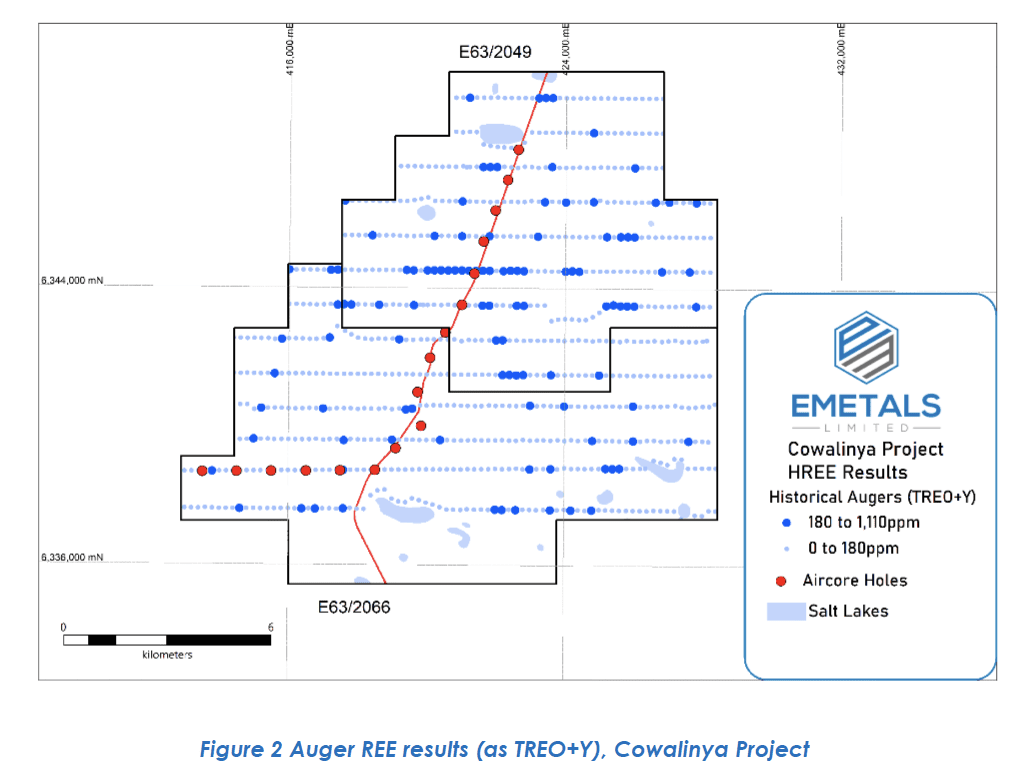
Air core drilling was undertaken to geochemically survey the region for Au enrichments and to characterise bedrock lithology. Drill holes were sampled from surface to end of hole via four metre composites for Au, with the end of hole sample sent for a full characterisation suite of 52 elements, including REE’s, using Aqua Regia B/ETA.
A total of seventeen aircore holes were drilled within the Cowalinya Project tenure, along the few established roads. These holes were not comprehensively sampled for REE’s, with only one end of hole sample submitted for full characterisation. Within the project, six EOH samples returned results of >400ppm TREO with the maximum result of 1,380pp (0.13%) TREO. This forms a cluster of enriched REE’s within the basement and remains open in all directions.
EMT considers that the auger drilling has identified an anomalous concentration of rare earth elements within the surface. The aircore drilling end of hole samples have demonstrated that there are anomalous concentrations of REE within the fresh bedrock of the Project.
The Company has identified that the auger and aircore datasets do not adequately test the full regolith profile for ionic clay type REE mineralisation. The full regolith profile must be assayed to determine if REE’s have accumulated in the saprolite clays. Exploration of the full regolith profile for REE is planned to test for development of IAC type mineralisation.
EXPLORATION PLAN
EMT has developed three target areas within the Cowalinya Project that show enriched REE within auger drilling that require testing at depth; refer to Figure 4. The Company is planning an aircore drilling program to sample the anomalous areas. These anomalies will be drilled at an approximate 800m x 100m pattern to identify areas with enriched saprolite REE contents.
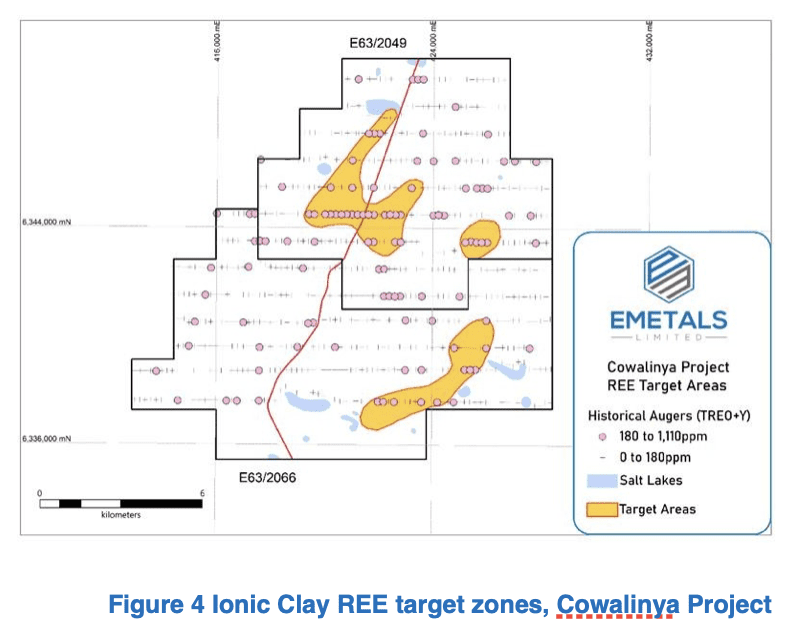
A Programme of Works has been lodged over the Cowalinya Project by the Vendor. EMT will undertake this drilling once all approvals are in place.
Click here for the full press release.
